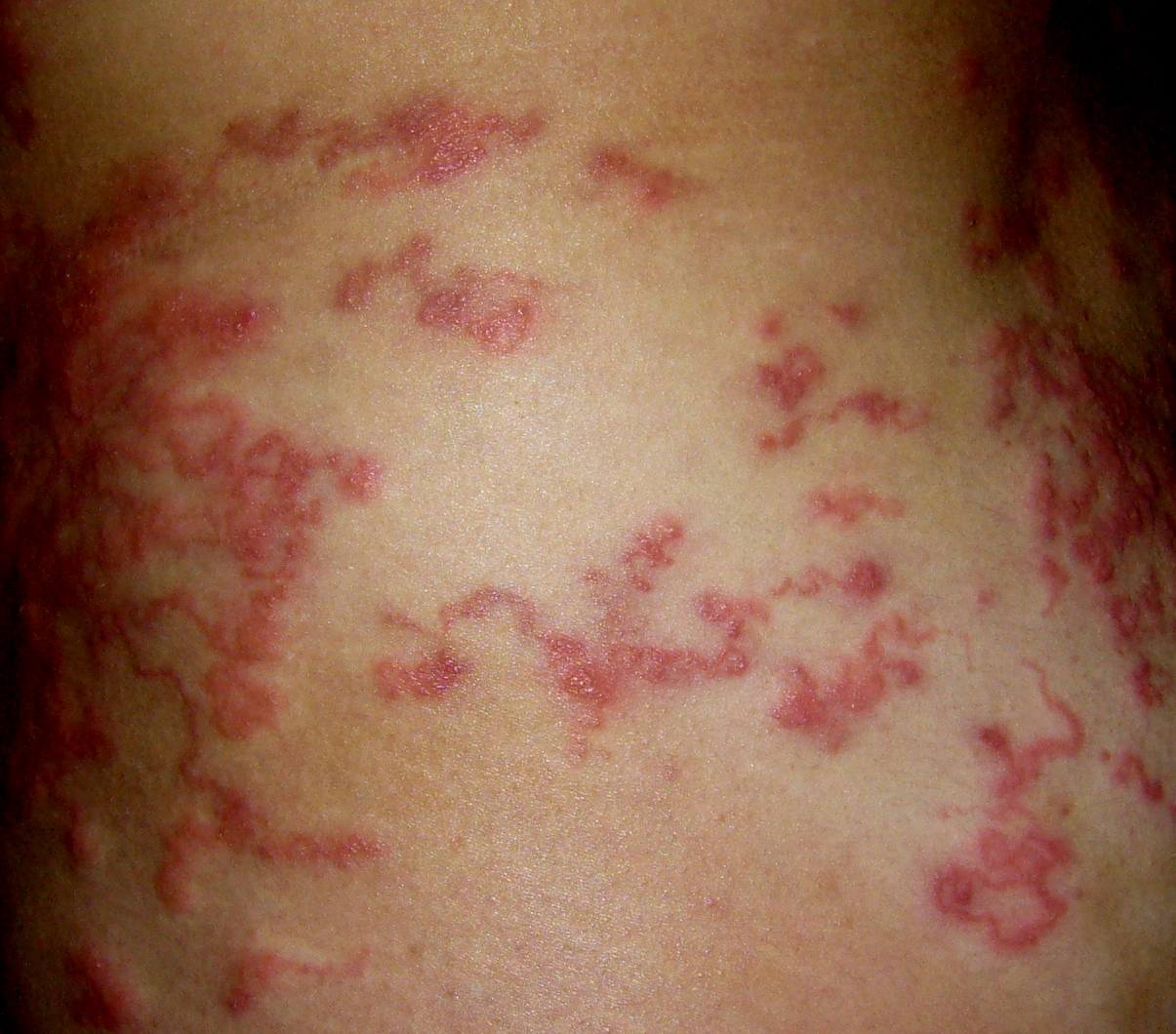Serpiginous on:
[Wikipedia]
[Google]
[Amazon]
 Serpiginous, first known to be used in the 15th century, is a term from Latin serpere to creep, usually referring to a creeping, snakelike or slowly progressive skin disease.
It is used to describe the rash in
Serpiginous, first known to be used in the 15th century, is a term from Latin serpere to creep, usually referring to a creeping, snakelike or slowly progressive skin disease.
It is used to describe the rash in
 Serpiginous, first known to be used in the 15th century, is a term from Latin serpere to creep, usually referring to a creeping, snakelike or slowly progressive skin disease.
It is used to describe the rash in
Serpiginous, first known to be used in the 15th century, is a term from Latin serpere to creep, usually referring to a creeping, snakelike or slowly progressive skin disease.
It is used to describe the rash in cutaneous larvae migrans
Cutaneous larva migrans (abbreviated CLM) is a skin disease in humans, caused by the larvae of various nematode parasites of the hookworm family ( Ancylostomatidae). These parasites live in the intestines of dogs, cats, and wild animals and shoul ...
, erythema annulare centrifugum
Erythema annulare centrifugum (EAC), is a descriptive term for a class of skin lesion presenting redness (erythema) in a ring form (''anulare'') that spreads from a center (''centrifugum''). It was first described by Darier in 1916.J. Darier. De ...
, purpura annularis telangiectoides
Majocchi's disease, also known as Purpura annularis telangiectodes of Majocchi is a not-well-recognized and uncommon skin condition characterized by purple/bluish-red 1- to 3-cm annular patches composed of dark red telangiectases with petechiae. ...
, ringworm
Dermatophytosis, also known as ringworm, is a fungal infection of the skin. Typically it results in a red, itchy, scaly, circular rash. Hair loss may occur in the area affected. Symptoms begin four to fourteen days after exposure. Multiple a ...
. and sometimes occurs in bullous pemphigoid
Bullous pemphigoid (type of pemphigoid) is an autoimmune pruritic skin disease which typically occurs in people aged over 60, that may involve the formation of blisters ( bullae) in the space between the epidermal and dermal skin layers. It i ...
.
It is also used to describe serpiginous choroiditis
Serpiginous choroiditis, also known as geographic or helicoid choroidopathy, is an uncommon chronic progressive inflammatory disease affecting adult men and women equally in the second to seventh decades of life.
Presentation
In this conditio ...
, a rare eye condition in which irregularly shaped (serpiginous) lesions are seen in two layers of the eye surface (the choriocapillaris and the retinal pigment epithelium).
References
Dermatologic terminology {{Dermatology-stub